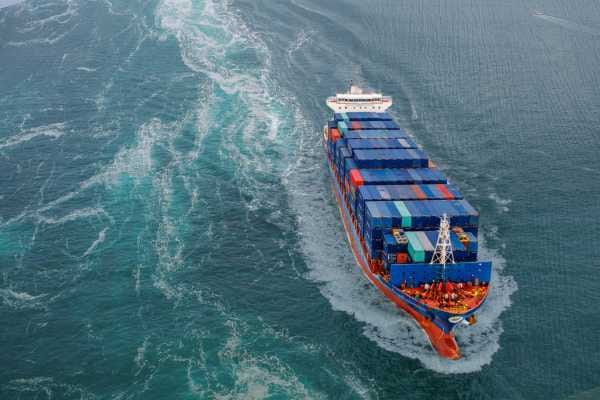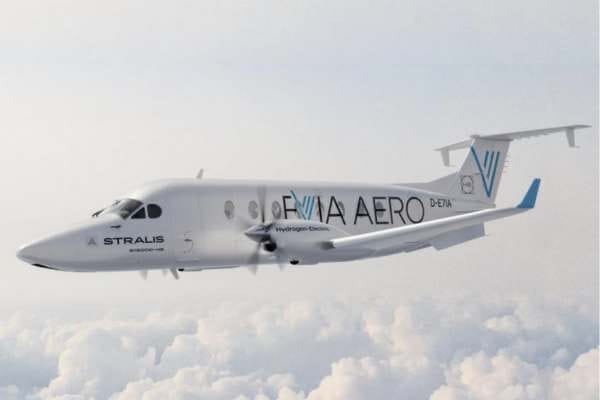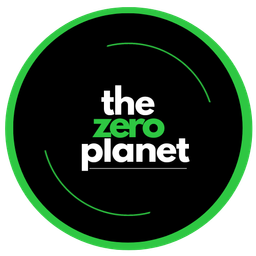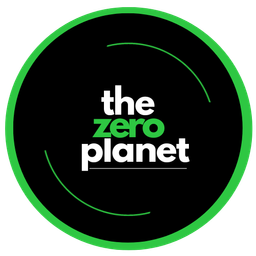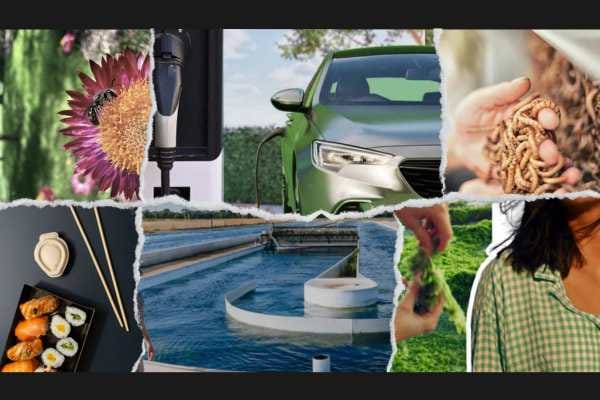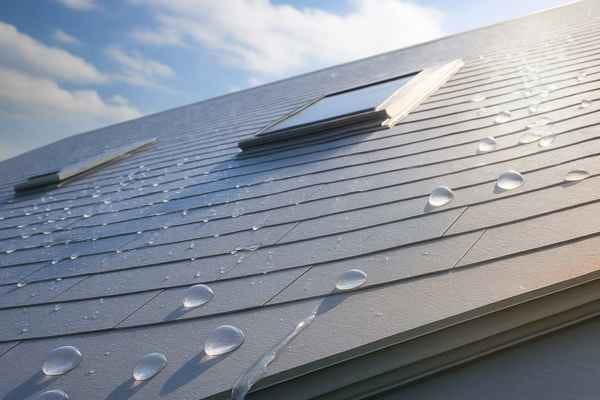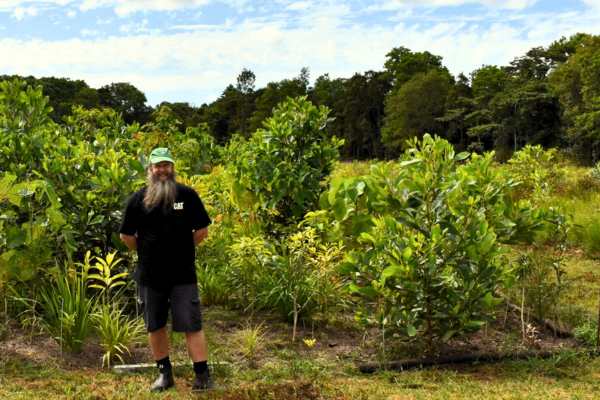Electric trucks take the long road
The path to zero-emission road freight has gained traction with a successful long-distance delivery.

Australian road freight is taking its first decisive steps toward electrification, chalking up a long-distance delivery and new partnerships.
The latest trials by freight company, New Energy Transport (NET), aim to prove that zero-emission heavy trucking can match diesel’s performance while helping cut national freight emissions.
The transport sector is the third largest source of Australia's greenhouse gas emissions, according to government figures, with road freight contributing significantly to the total.
NET announced last week it had completed the country’s longest single-charge electric truck delivery, completing a 480-kilometre round trip between Picton and Beresfield, near Newcastle.
During the demonstration, a fully loaded 36-tonne haul operated by Multiquip and transported by a Windrose electric truck, completed the journey 12 per cent faster than the standard diesel delivery, saving 20 minutes on each leg of the trip.
"By combining low-cost renewable energy, high-speed charging and electric prime movers, New Energy Transport offers zero-emission road freight at diesel-based prices."
According to NET, this was because conventional diesel trucks typically slowed down while driving up hills, reducing their average speed. The Windrose electric truck, however, was able to hold an average speed of around 98 km/h.
The demonstration run was part of a memorandum of understanding between NET and Multiquip to explore the ways electric prime movers could be integrated into Multiquip’s supply chain.
Multiquip’s national compliance manager David Muir said: “It’s been a really exciting trial for us. It’s being part of the future and seeing how this is going to progress in this country.”
NET says its first integrated heavy electric trucking depot is under development, with initial operations scheduled to begin in mid-2026.
"New Energy Transport is a new kind of trucking company," NET Co-CEO Daniel Bleakley said. "By combining low-cost renewable energy, high-speed charging and electric prime movers, New Energy Transport offers zero-emission road freight at diesel-based prices."
Giving a crap
Earlier in October, NET announced a similar collaboration with eco toilet paper brand Who Gives a Crap (WGAC), transporting a 40ft container from Port Botany to WGAC's Western Sydney distribution centre and then back again with a Volvo electric prime mover.
According to NET, the demo proved it could operate heavy electric trucks under the same conditions as diesel trucks, transporting the same payload in the same time across the same route, but with zero emissions, air pollution and reduced road noise.
NET says WGAC has agreed to allocate half of its Port Botany freight movements to its electric fleet as part of the collaboration. "Decarbonisation of our supply chain is a big priority for Who Gives a Crap," WGAC’s director of sustainability Bernard Wiley said.
“One of the hardest to decarbonise sectors for us is road freight, so we wanted to be part of this to show that Who Gives a Crap can be a leader in that area.
“We want to be able to show other companies in Australia that decarbonisation in the road transport sector is real, and that it can be done right now.”
New Energy Transport (NET) says its approach combines low-cost renewable energy and high-speed charging to allow electric trucks to operate at comparable costs to diesel freight on a per-kilometre basis. During its recent Multiquip trial, a Windrose electric prime mover travelled a 480-kilometre round trip on a single charge, hauling the 36-tonne load to Beresfield (just outside Newcastle) and returning with the empty trailer. According to NET, it completed the journey 12 per cent faster than the standard diesel delivery, saving 20 minutes on each leg of the trip.
Related stories

